qianxinanbuyizumiaozuzizhizhou specialty
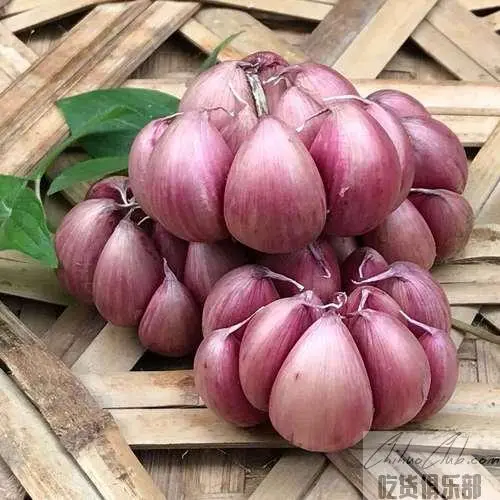
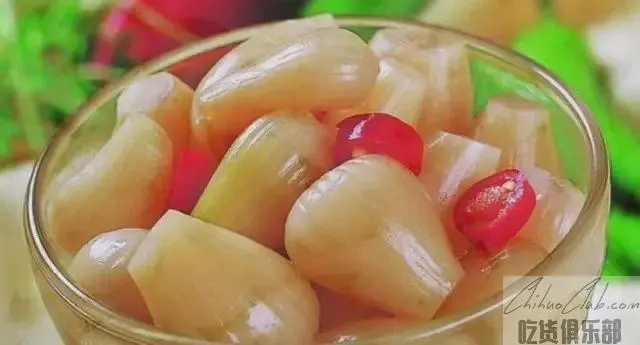
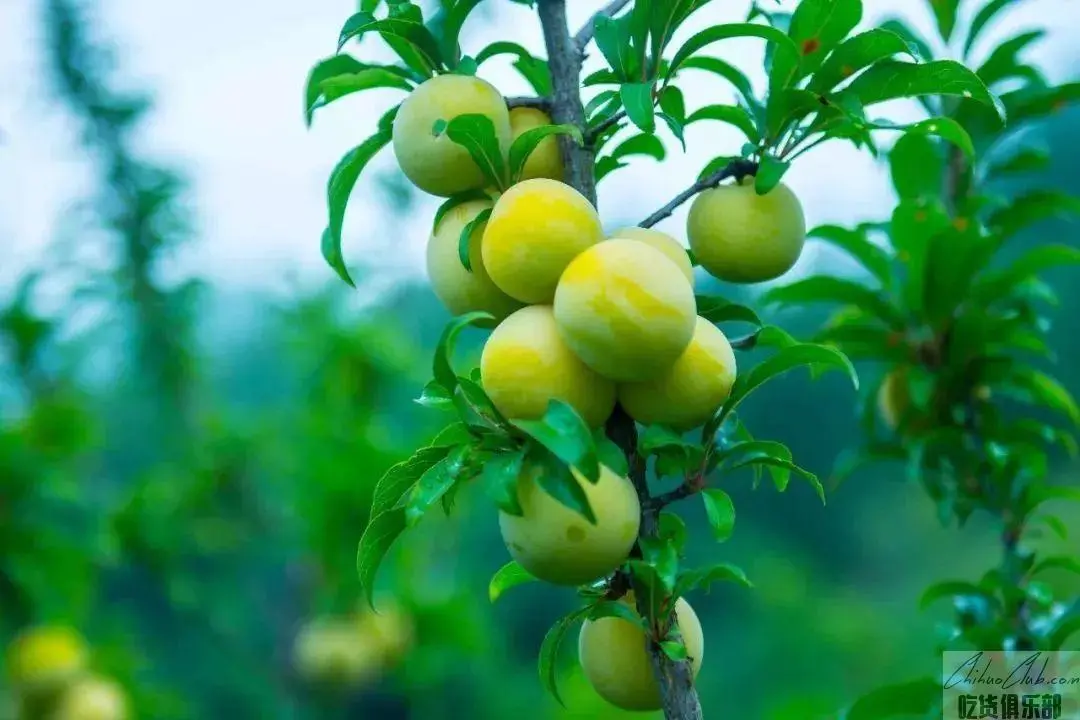
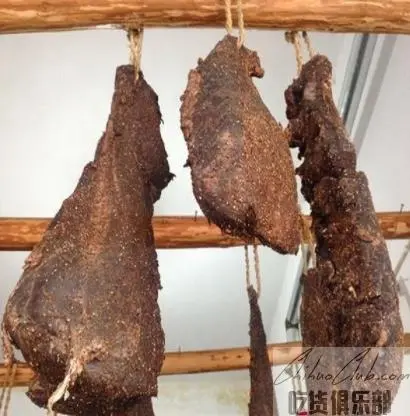
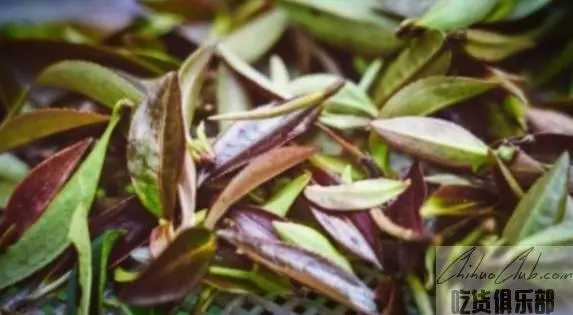
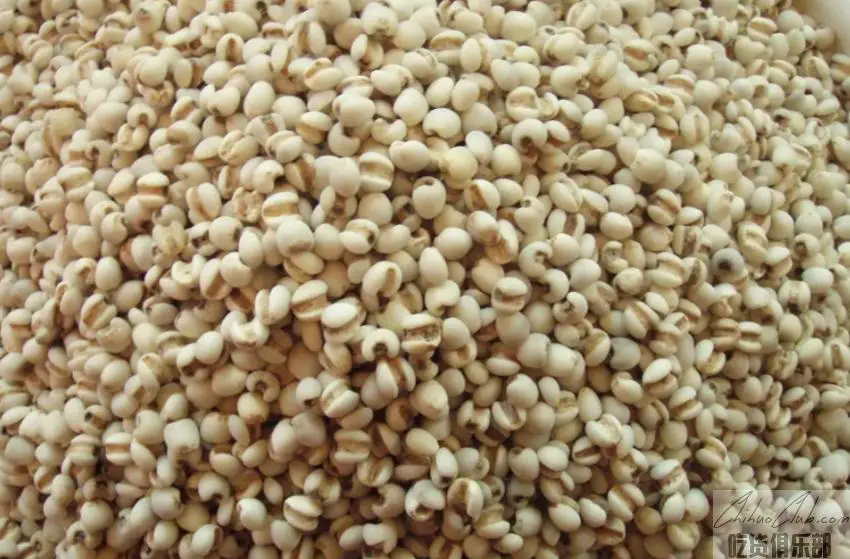
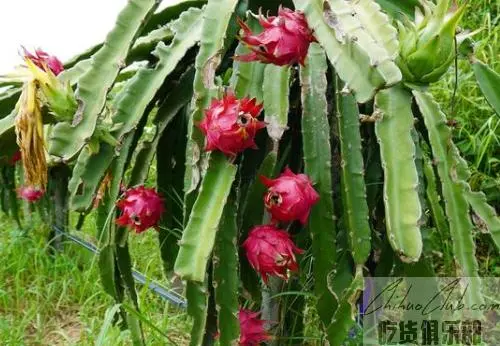
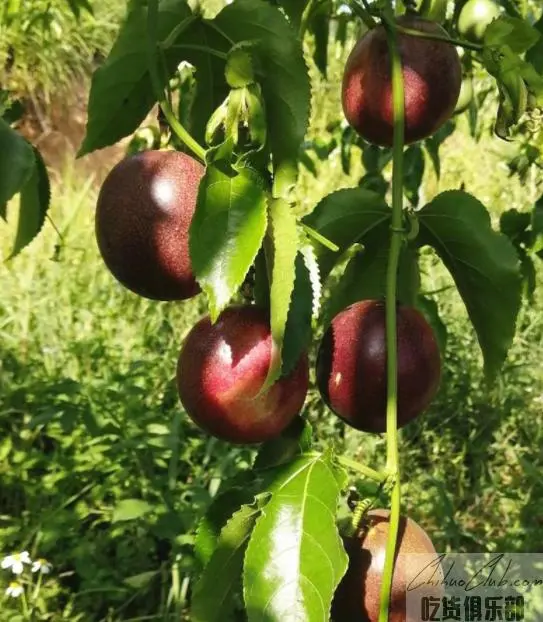
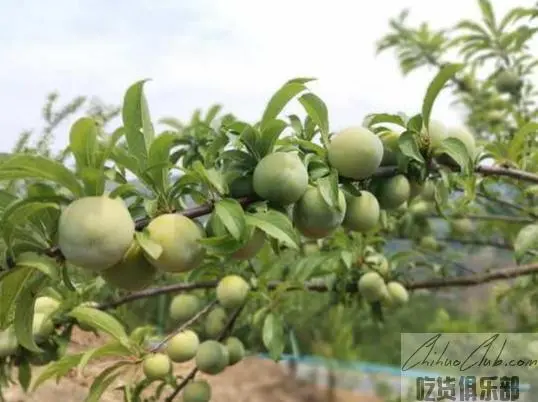
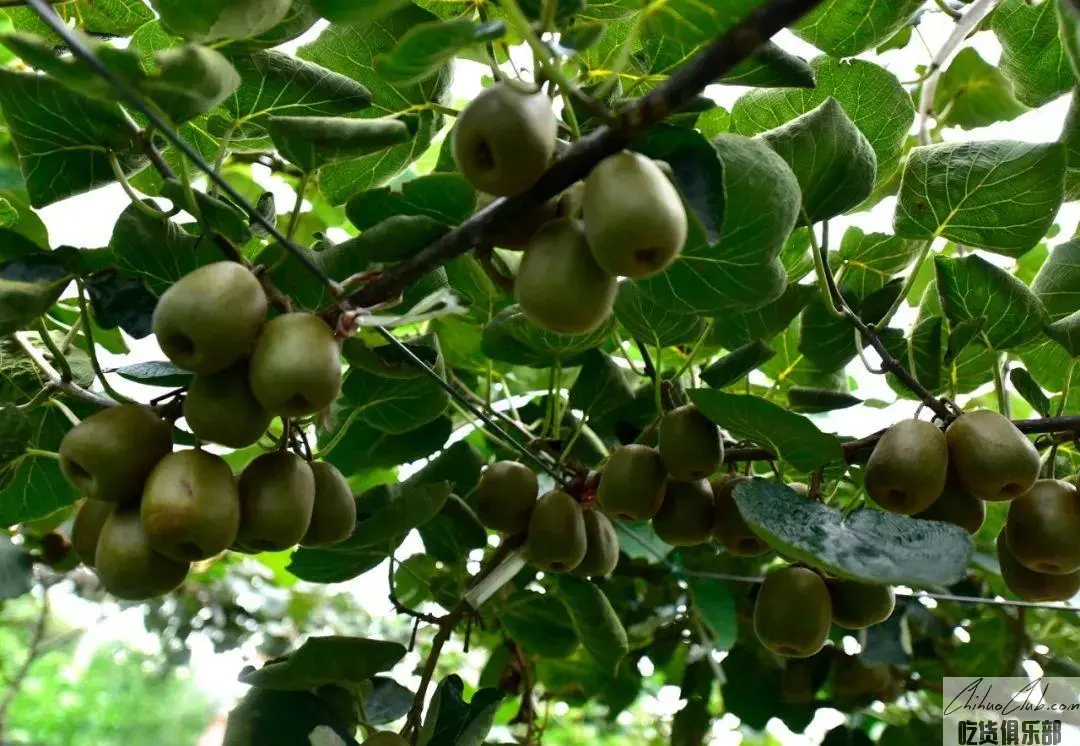
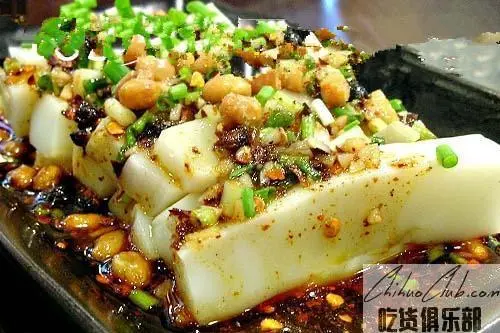
Guizhou Xingyi bait block, color positive, not thick soup, soft, with a strong alcohol and rice flavor, exported to many towns in Guizhou, welcomed by the masses. Xingyi is rich in "fragrant rice", and Xingyi bait is used to make it with this special fragrant rice.

The soil of Xingren is mainly yellow soil, lime soil and paddy soil. The soil is rich in organic content, rich in iron and aluminum content, less calcium and magnesium ions, soil is neutral and slightly acidic, loose and humid, and the climate is warm and humid. The monsoon climate, no cold in winter, no heat in summer, good lighting conditions, more mountainous and weaker. Barley rice is a thermophilic plant with strong ecological adaptability. It is undoubtedly the best growing environment for barley rice. Xingren folks have praised Huanrenmi for "not competing with grain and tobacco, not fighting for labor with farmers, and should plant steep slopes and deep valleys with low cost and good income."
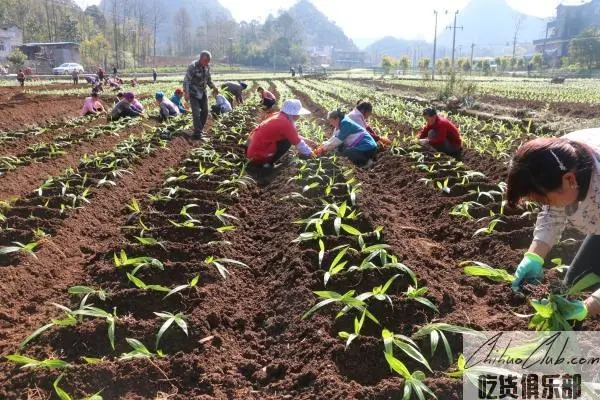
The unique ecological and climatic conditions in Anlong County, southwestern Guizhou Province, Guizhou Province have made the local area a natural and rich treasure trove of medicinal plants, including sarcophagus, gastrodia elata, white and ganoderma lucidum. Anlong Baihe protects products for geographical indications.
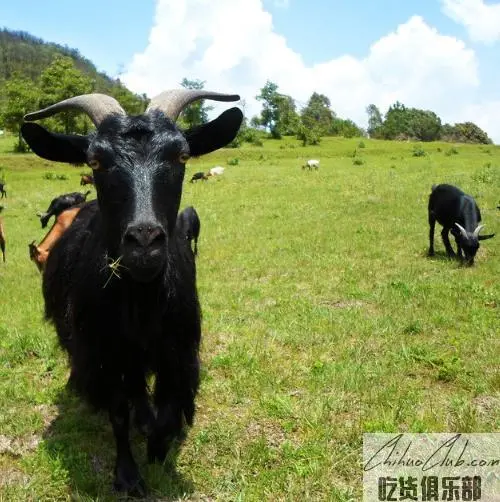


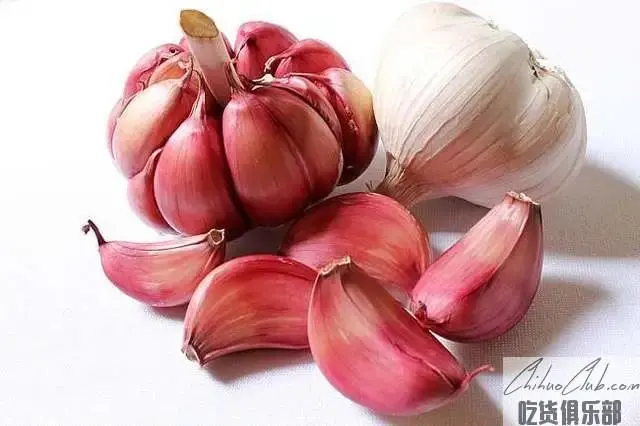
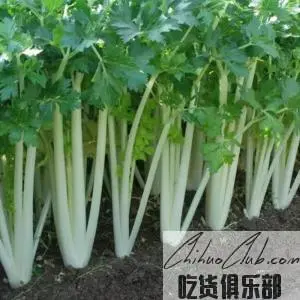
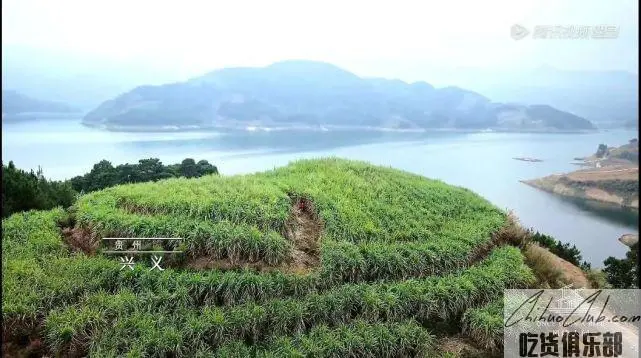
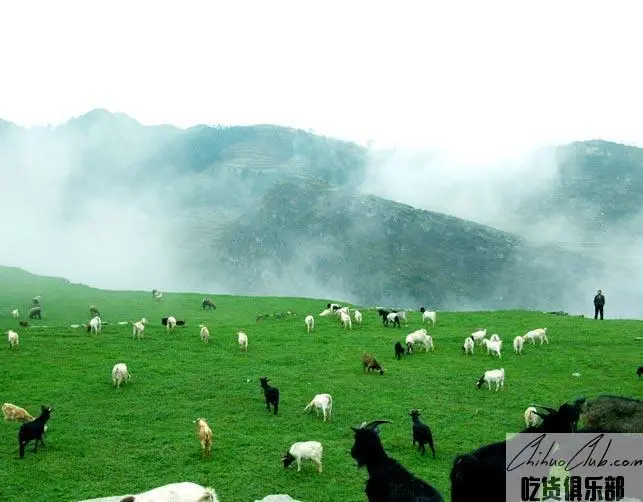
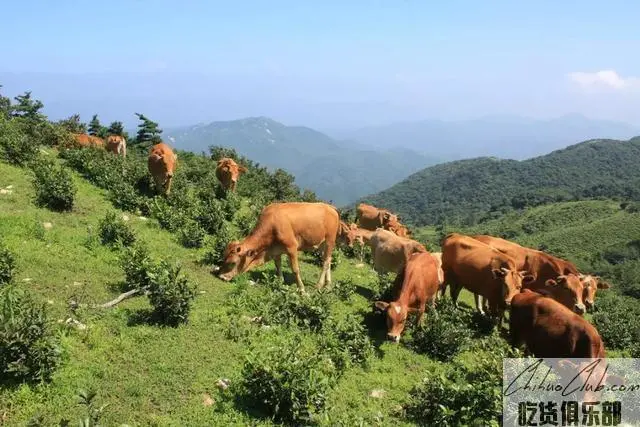
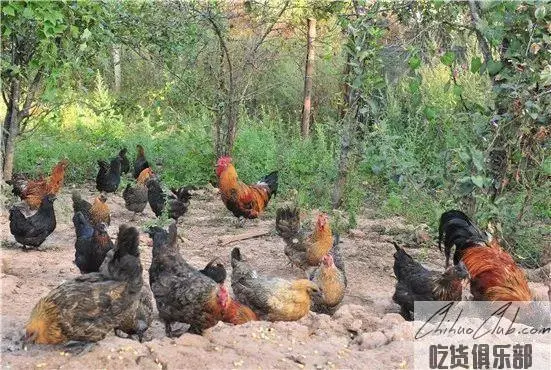
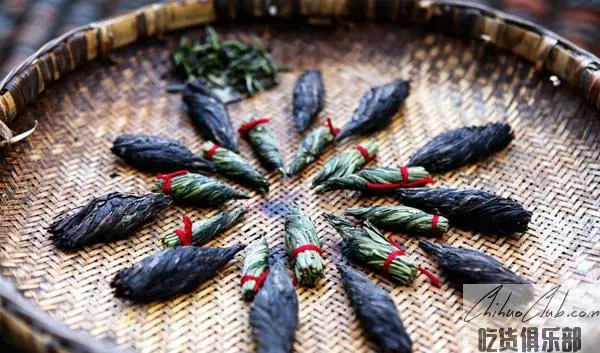


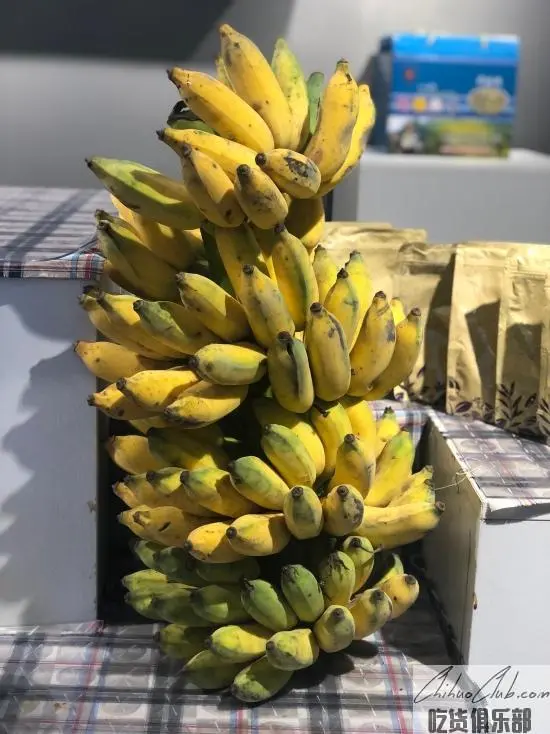
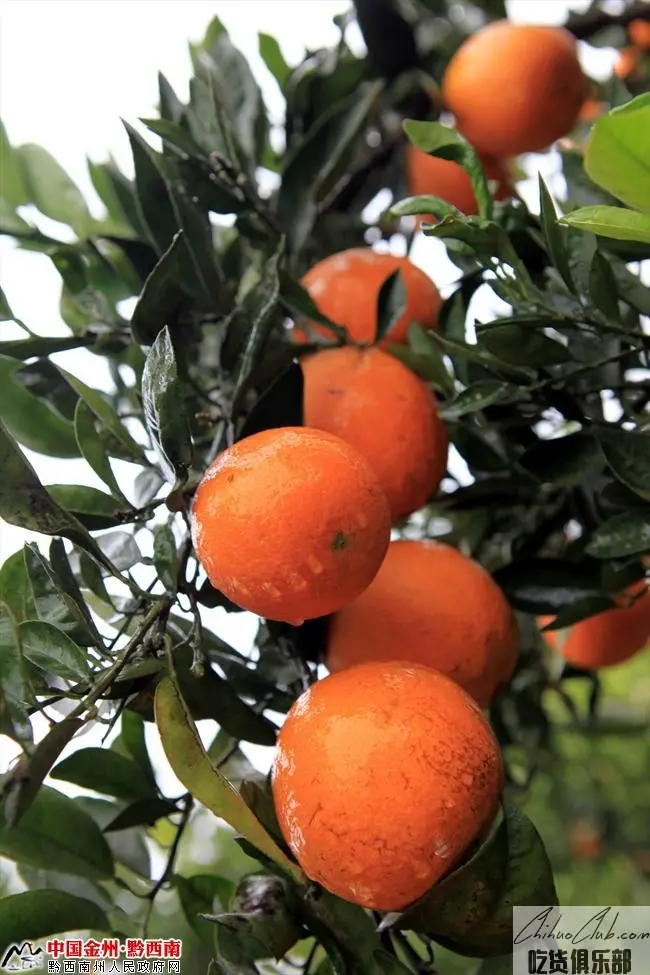


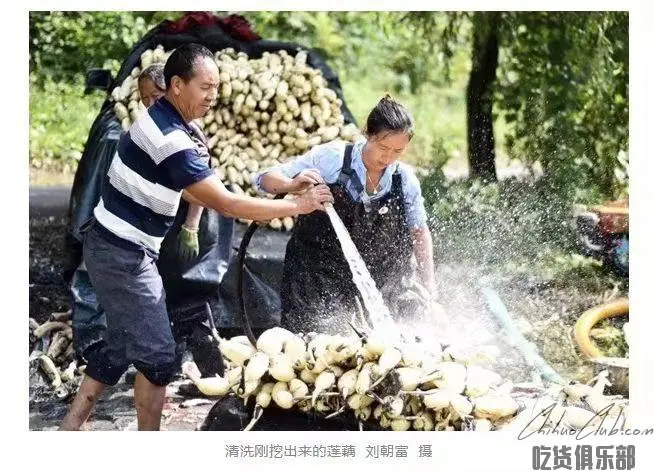
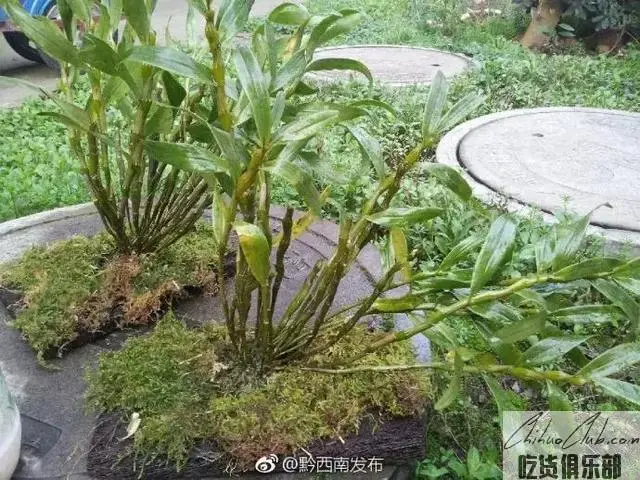
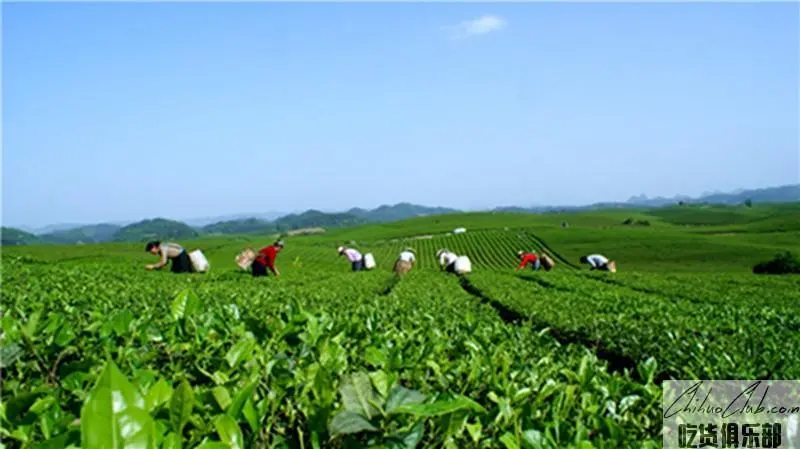

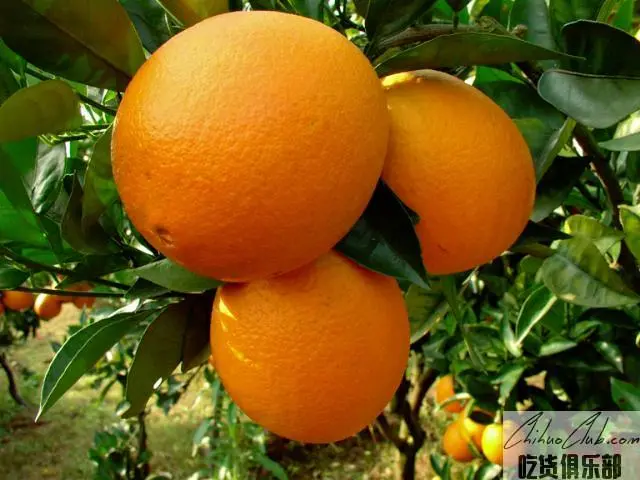
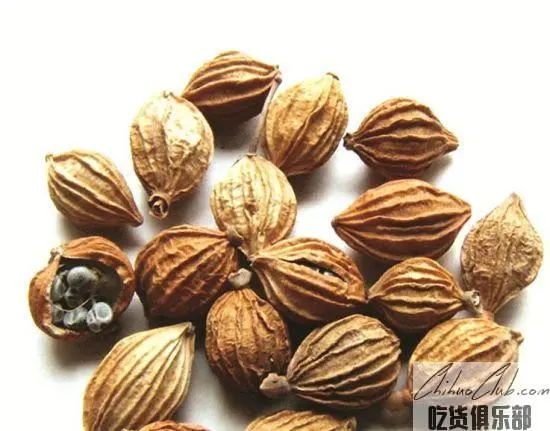
The serial Amomum is a well-known spice in Guizhou and a valuable Chinese herbal medicine. Produced in the "Hometown of Amomum in China" in Fengfeng County, the products are characterized by "round, fresh, full fruit, rich and unique aroma".
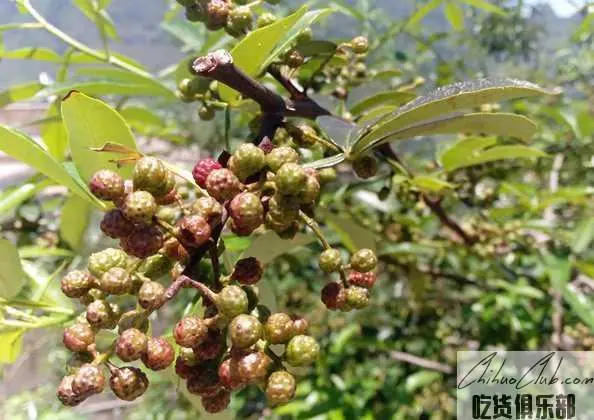
Diantan green pepper grows in the karst area of the Beipanjiang Grand Canyon, because of its low altitude, gas temperature, long sunshine, and small temperature difference. As a result, the green pepper grows and mutates in this place. As a result, the volatile oil (scented oil) of the topping green pepper is higher than the common green pepper, and the flavor is refreshing and alcoholic. In the green pepper is the top product.
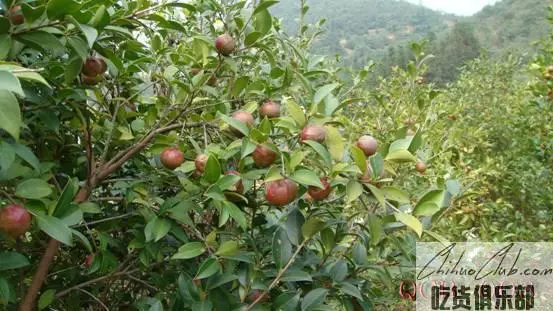
The county is located in the slopes of the plateau edge of the Yungui Plateau to the low hills of Guangxi. The terrain increases from the northwest to the southeast. The highest elevation in the county is 1634 meters, the lowest altitude is 375 meters, and the average elevation is 830 meters. It is the lowest latitude county in Guizhou. The color of the hunter tea is light yellow, clear and transparent. It has no stratification for a long time, the smell is fragrant, the quality is pure, and the food is delicious. With a hundred years of traditional production technology, the book Hengheng tea oil has spread all over the country and has become a household edible oil product.
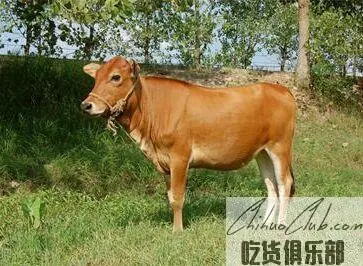
Nanpanjiang Yellow Cattle is a well-known livestock and poultry in the Yunnan-Guizhou Plateau. Its breed of cattle, Panyang Cattle, has been selected as a national cattle breed directory. It is a famous local cattle breed in China. Nanpanjiang Yellow Cattle refers to Panjiang cattle that are grown in the Nanpanjiang River Basin. Because of the special natural environment, the Panjiang cattle are strong, resistant to rough feeding, adaptable, and excellent in meat quality.
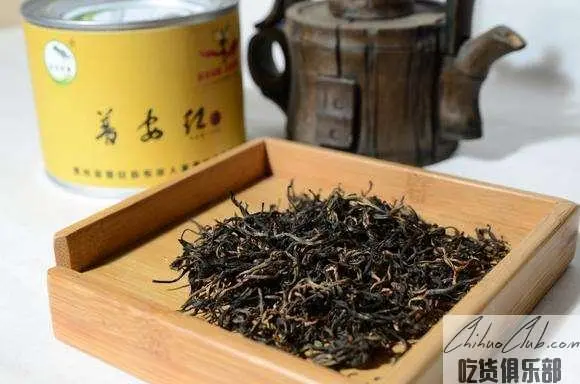
In the spring of the festival, the god of tea, this is a folk tradition that has been circulating in Puan for 600 years. The production process of Pu'an black tea can be traced back to the Ming Dynasty. It has been more than 600 years old. Because of its high quality, it was once the royal drink of the Ming and Qing Dynasties. "Yelang Fengwuzhi" records: "The smell of tea is different from the usual. When cooking, the fragrance is wild, and the drink makes people feel drunk and dreams like Nankeer."
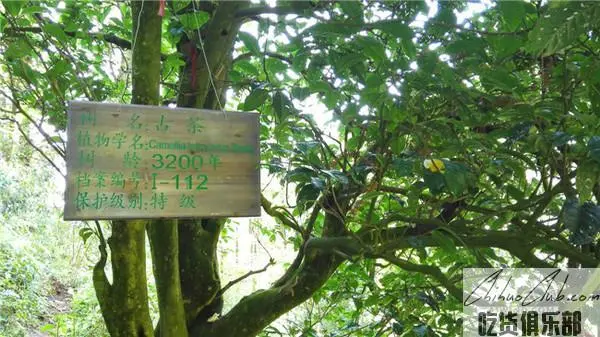
Pu'an four-ball tea is produced in Pu'an County, Guizhou Province, the hometown of wild Chinese ancient tea trees. It has a long history. In Pu'an County, people spread "a morning tea, a day of prestige; a cup of tea at a time, work is easy; a cup of tea at night, refreshing and painful." Pu'an four-ball tea is unique in quality, its shape is even and heavy, green It is mellow, full-bodied, fragrant and soft, and the soup is light green and bright, resistant to foaming and long aftertaste; the leaves at the bottom of the leaves are tender and green, bright and fresh. Under the active promotion of the Pu'an County Government, Pu'an Four-ball Tea has been increasingly favored by people everywhere and has been recognized by the outside world.
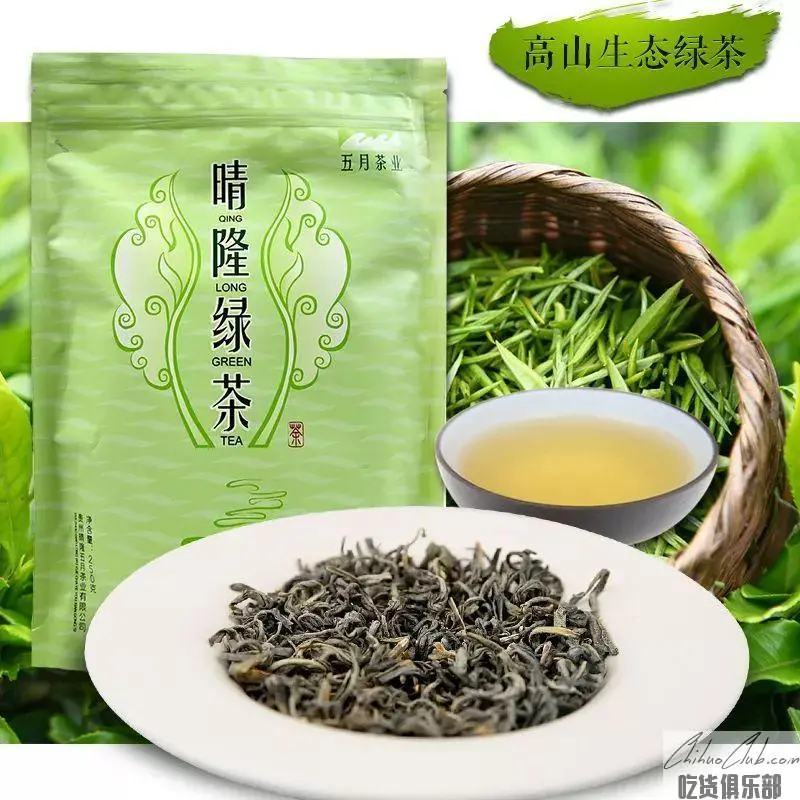
Qinglong green tea is produced in Qinglong County, Buyi and Miao Autonomous Prefecture, southwest Guizhou Province. Qinglong's green tea has unique characteristics such as early birth, green, ecology, health and mountain tea. The Qinglong green tea is processed by a unique process. The shape is flat, smooth, even and green. The soup is yellow-green and bright, the chestnut is long-lasting, the taste is fresh, the leaves are green, even and bright, and it contains more essential human body. Vitamins, amino acids and trace elements, water extracts 43%, tea polyphenol content as high as 33%, is loved by consumers.
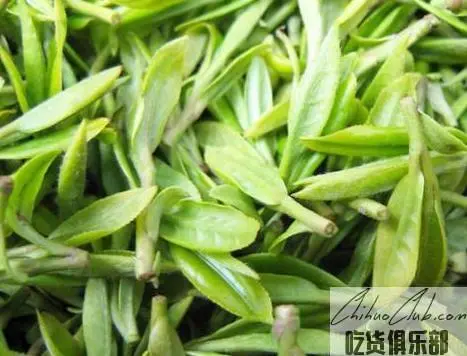
In Qishe Town, Xingyi City, Guizhou Province, due to the unique natural environment, it is the best place for tea development. At present, the development of tea has become the main key industry of the people of Qishe Town. Good tea leaves are naturally inseparable from a good production environment. Since the town was built in Qishe Town, there has been no industrial pollution in the town. The tea garden base is also far from the town and is in a fresh and natural environment. Plus fertile land, suitable temperature, and misty environment, it is very suitable for the cultivation of high quality tea.
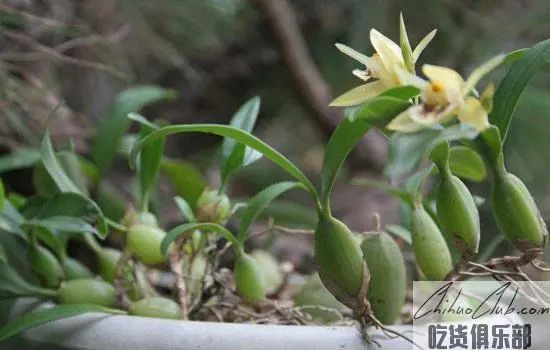
Anlong Shijie is a specialty of Anlong County, southwest Guizhou. Anlong County actively cultivated a new medicine and health industry, and invested in the construction of the largest wild Dendrobium plantation base in the country. Nowadays, the base stone sarcophagus grows gratifyingly, and the economic benefits gradually emerge.

The chestnut planting has a long history. According to relevant information, chestnut was planted here in 1854. According to the national authority, the potassium content of chestnut chestnut is the highest in the country. For a long time, the chestnut chestnut has been favored by diners for its unique fragrance, softness and enthusiasm.